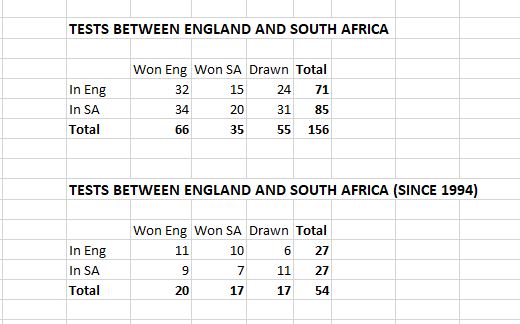India won the series 2-1, just as they had won in Australia in 2020-21.
A summary of all T20Is between these teams:

India leads 15-10 overall, as well as 7-4 in Australia and 6-4 in India. They are level at 2-2 on neutral venues.
We now look at individual performances, starting with
Batting:
Most runs (200 and above):

Kohli leads by a large margin over Finch at # 2.
The first 5 batsmen in this list all played in the series just concluded
Watson and Maxwell are the only ones to have scored centuries. Kohli made 8 scores of 50+, while no one else made more than 3.
Highest innings (60 and above):

Note that the highest score in this series was 71* by Pandya. For Australia it was 61 by Green.
There is not enough data to get meaningful batting averages. However, we have some strike rates:
Highest strike rates (Minimum 250 balls faced, all instances):

Kohli and the next three are closely bunched together.
Now for Bowling:
Most wickets (6 and above):

Bumrah and Zampa lead here. Both of them played in the current series.
Best innings bowling (Includes all 3wi and above):

No one has a 5-for. Those with 4-fors did not play in this series.
The best in this series was 3-16 by Zampa and 3-17 by AR Patel.
Note that the best performance here (Ashwin’s 4-11) came in a World Championship match at a neutral venue.
We do not have enough data for proper estimation of bowling averages, economy rates and strike rates.
Now for Fielding:
Most dismissals (5 and above):

Dhoni is the only keeper here, with 10 catches and 5 stumpings. Kohli has the most catches by a fielder (10).
Most dismissals in an innings (3 and above):

Dhoni and Paine have the most dismissals by keepers, while Behrendorff took 3 catches as a fielder. No one took more than 2 dismissals in this series.
All-round match performance (Minimum 20 runs and 2 wickets):

Watson’s performance in 2012 is clearly the best. DR Sams achieved a modest 28* and 2-33 in this series.


































